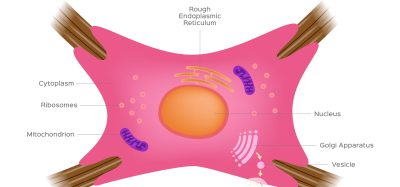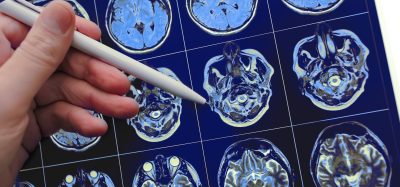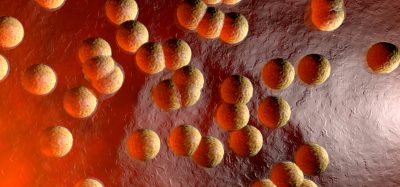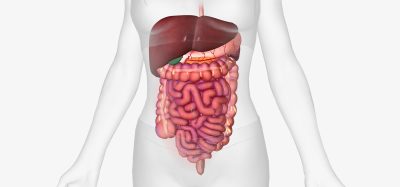“Noisy” gene expression may help improve stem cell therapies
Posted: 17 August 2021 | Victoria Rees (Drug Target Review) | No comments yet
Researchers have identified a process that amplifies changes in gene expression, which could be harnessed to accelerate stem cell differentiation.
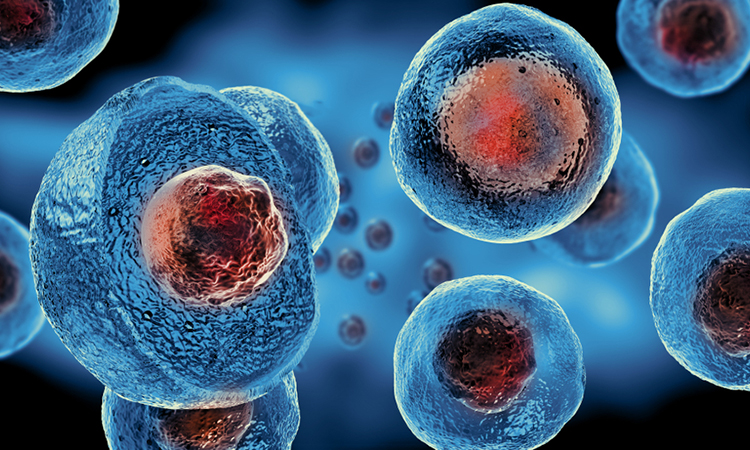

In cell biology, an important reaction is the transformation of stem cells into all other cells in the body, known as differentiation. Now, researchers from the Gladstone Institutes, US, have discovered a molecular mechanism that acts as an accelerator for differentiation, as reported in the journal Science. According to the team, this process amplifies random fluctuations in levels of gene expression, or which genes are turned on or off within a cell. Boosting these fluctuations, also known as “noise”, appears to aid the switch from one cell type to another.
Noise in gene expression in HIV
“Researchers have studied and characterised these fluctuations, or noise in gene expression, for decades,” said Dr Leor Weinberger, William and Ute Bowes Distinguished Professor and director of the Center for Cell Circuitry at Gladstone. “But it was unclear if this noise was simply an unavoidable by-product of gene expression, which was widely assumed, or if it played some functional role.”
Weinberger and his team discovered a pathway that they named discordant transcription through repair (DiThR), from their early work on HIV. The DiThR pathway appeared to boost the noisiness of gene expression in stem cells and enhance their ability to differentiate.
Biomarkers aren’t just supporting drug discovery – they’re driving it
FREE market report
From smarter trials to faster insights, this report unpacks the science, strategy and real-world impact behind the next generation of precision therapies.
What you’ll unlock:
- How biomarkers are guiding dose selection and early efficacy decisions in complex trials
- Why multi-omics, liquid biopsy and digital tools are redefining the discovery process
- What makes lab data regulatory-ready and why alignment matters from day one
Explore how biomarkers are shaping early drug development
Access the full report – it’s free!
“We had been tackling a long-standing problem in HIV, namely how to alter HIV’s ability to persist in a long-lived latent state in patients,” said Weinberger, who is also a professor of biochemistry and biophysics and pharmaceutical chemistry at University of California San Francisco (UCSF). “We discovered that molecules that alter viral expression noise also reduced HIV persistence. It was pretty startling when these same molecules worked in stem cells. Trying to understand how these molecules work turned into a search for a fundamental biological mechanism.”
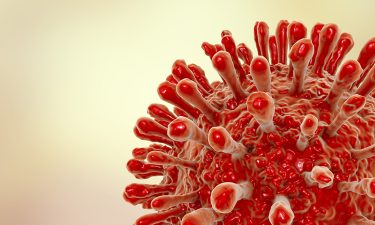

While studying HIV, Weinberger’s team uncovered the existence of molecules that could enhance noise or switch the expression machinery between active and inactive states, but without affecting the average level of expression. The researchers called them noise-enhancer molecules. These molecules acted on gene expression and increased the efficiency of drugs designed to wake HIV from a silent state, a part of the strategy to cure patients.
However, how these noise-enhancer molecules could boost noise without altering expression levels remained completely unknown.
Noise-enhancing in stem cells
On a whim, the scientists examined what happened when noise-enhancer molecules were applied to embryonic stem cells without HIV. They found that these molecules had the same effect on stem cells as they did on HIV, amplifying noise without changing the expression level. They also accelerated the stem cells’ ability to transform into other cell types.
Ultimately, approaches to harness these pathways could dramatically improve cellular engineering”
The team’s main findings were that the mechanism by which noise-enhancer molecules boost noise involves a process for repairing certain errors in DNA that may arise when genes are turned on. A key component of this DNA repair process is a protein known as AP endonuclease 1 (Apex1).
“We found that Apex1 directly alters the shape of the DNA double helix in a way that first impedes and then accelerates gene expression,” said the study’s first author, Ravi Desai, an MD/PhD student in the UCSF Medical Scientist Training programme in Weinberger’s lab.
The team showed that Apex1 is the critical factor in this new DiThR pathway, which increases noise across the entire array of genes in the genome.
Making differentiation more efficient
Next, because some noise-enhancer molecules are found naturally in stem cells, the team asked how the newly discovered mechanism might affect the transformation of stem cells into other cell types. They treated mouse embryonic stem cells with both noise-enhancer molecules and substances that prompt differentiation into other types of cells. The researchers found that the increased noise imparted by DiThR allowed the stem cells to differentiate more efficiently.
Furthermore, the mechanism also worked in the opposite direction. It improved the efficiency of a process that turns differentiated cells back into pluripotent stem cells, which have the potential to become several different cell types.
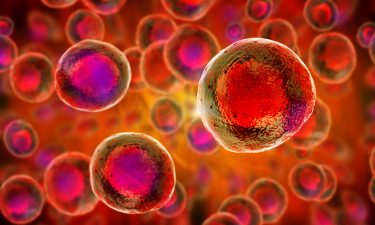

Looking ahead, the research team plans to further map out the various components of the DiThR pathway.
“Our goal now is to understand how DiThR is regulated and if associated noise-control pathways exist,” Weinberger said. “Ultimately, approaches to harness these pathways could dramatically improve cellular engineering and stem cell-based therapies.”
Related topics
Disease Research, DNA, Genetic Analysis, Induced Pluripotent Stem Cells (iPSCs), Protein, Stem Cells
Related conditions
HIV
Related organisations
Gladstone Institutes, University of California San Francisco (UCSF)
Related people
Dr Leor Weinberger, Ravi Desai




